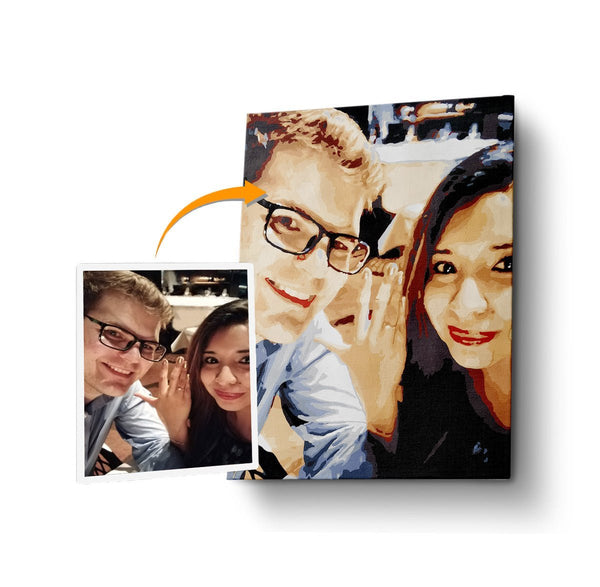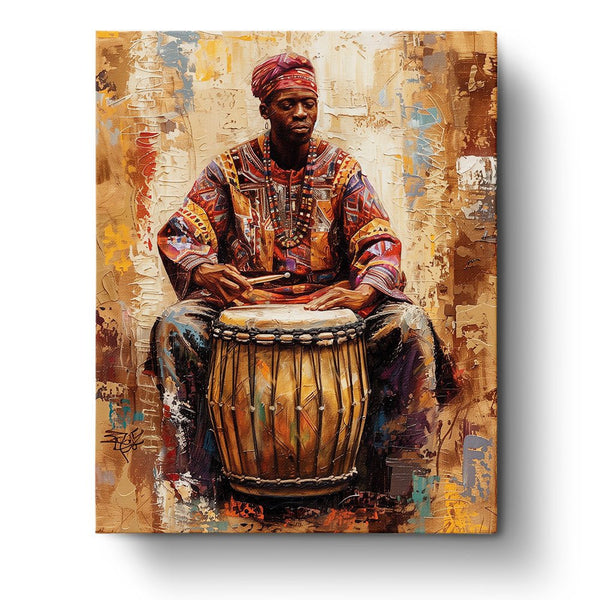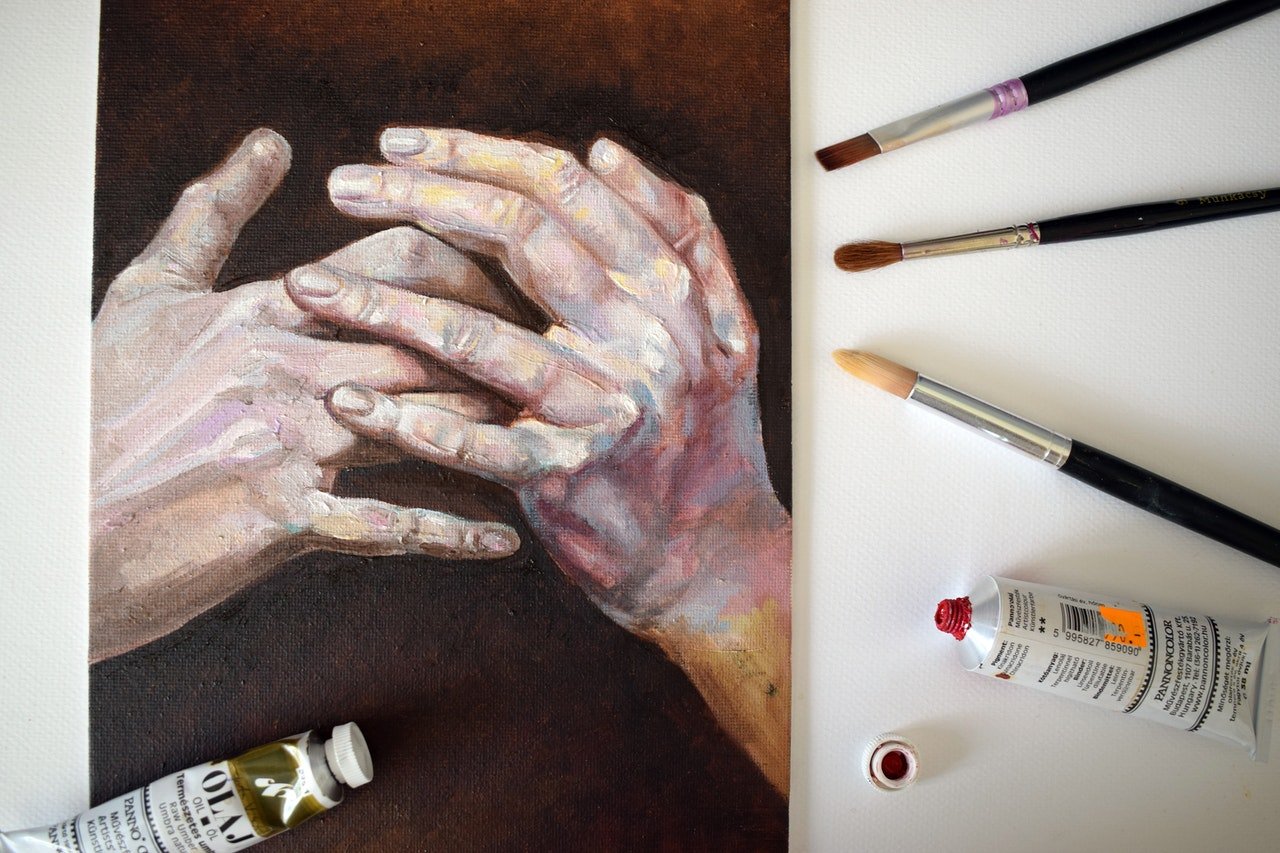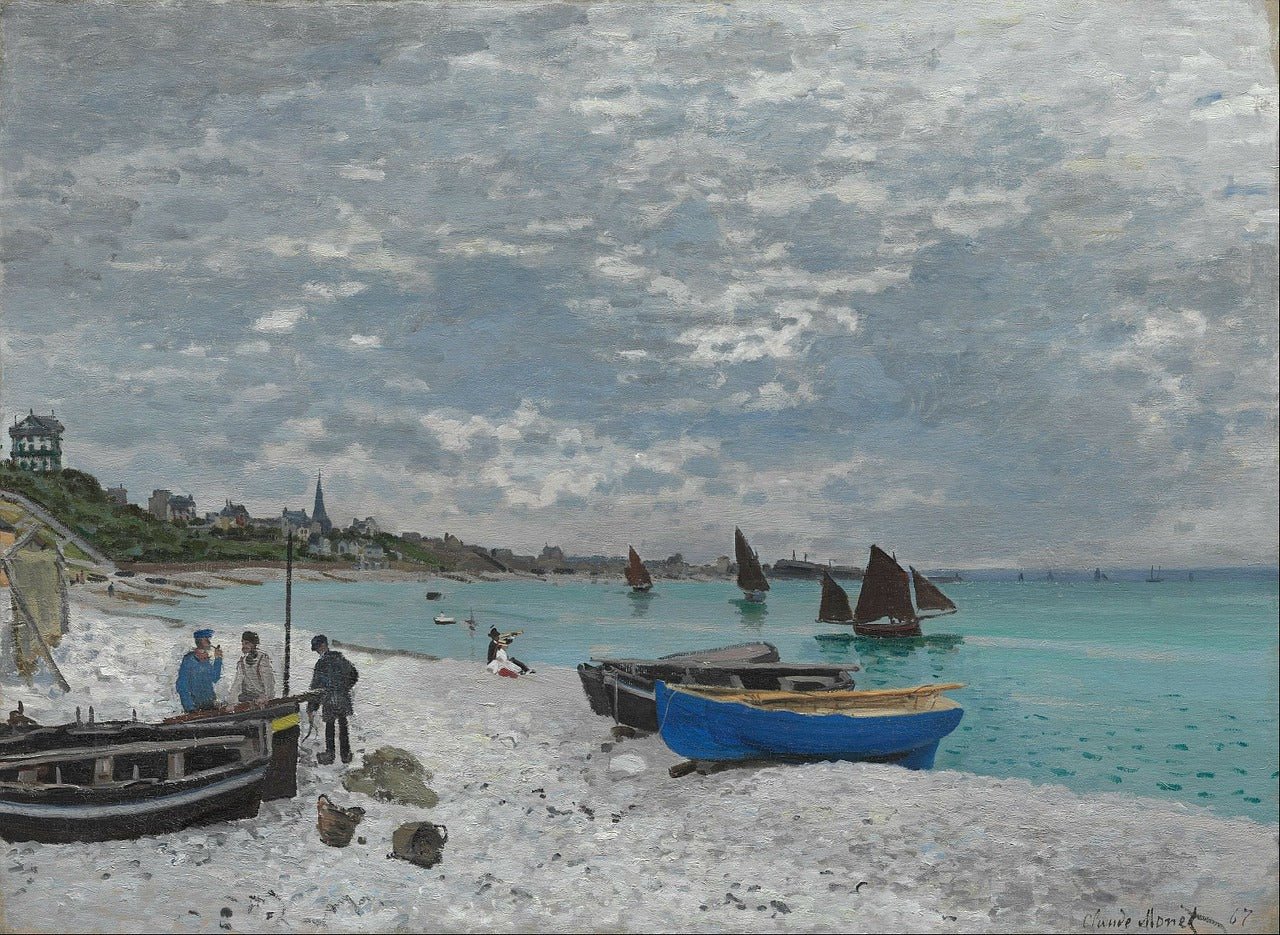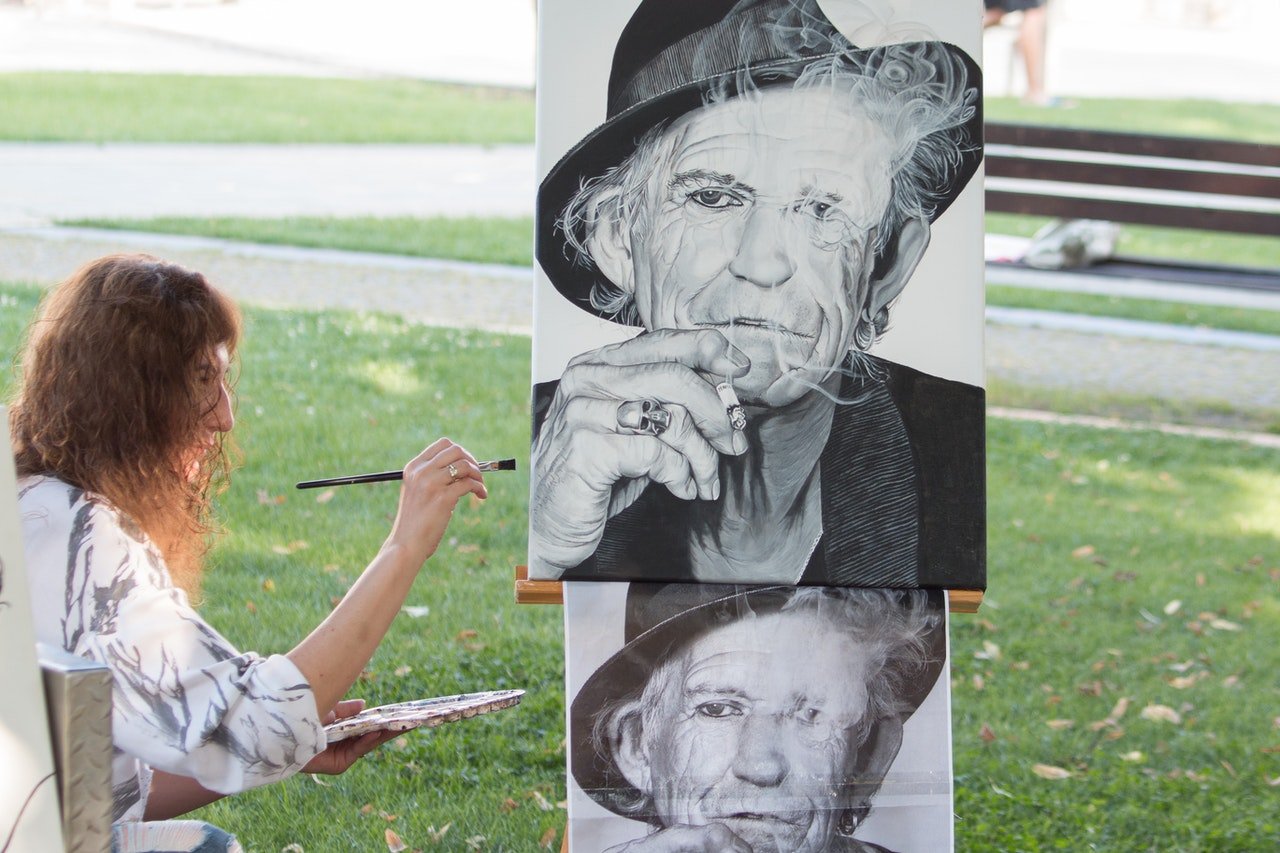
Different Ways to Learn New Techniques in Painting
Art is all about technique and it is something that sets apart an artist from another. Technique, style, method, or anything else you want to call it is as unique as your fingerprint. Yes, your works may resemble those of other artists, and that's fine as long as it's not contrived. We all aim for uniqueness, but with so many painters out there, it would be difficult for one artist's work not to imitate the work of another.
When you first begin your artistic adventure with the art of painting, having a foundation in basic painting methods and styles will be quite beneficial. In general, this entails accumulating some understanding of hue, light, brushwork, structure, and design to confidently produce your artworks. This being said, across the creative landscape, there are a variety of art skills to learn.
Understanding components such as perspective, color, and shadowing is as vital as learning how to depict the reality you want to portray as well as improving your talents as a painter. To help you on your artistic journey, we have compiled different ways to learn new techniques in painting as well as some of the techniques invented by artists over the years that you can use to help you practice your painting skills. So, without further ado, let’s get started!


Style is a very important aspect of painting. It aids us as artists in creating a defined collection of artworks. Regardless of techniques being your "signature style," that doesn't imply you have to use the same techniques throughout your artistic career. We develop and evolve as we age, so why shouldn't the same happen to our artworks? Take Pablo Picasso, for example. This artist has a comprehensive work attributed to the dominant colors that he used.
It takes time and effort to learn how to work with a specific media. Finding and honing your skill necessitates practice as well. One must be willing to think beyond the box and step out of their comfort zone. So, what are the different ways to learn new techniques in painting? Let's find out below!
Different Ways to Learn New Techniques in Painting
Learning is not just an action, it is also considered a fundamental skill for artists for them to excel. Art school or going to workshops are not the only ways to learn and get better, to be an artist also means to be self-sufficient so the key here is trying things out for yourself and using all the other resources available at your end without breaking your budget.
1. Watching tutorials online:
If you want to learn how to paint, whether you are a newbie or an experienced artist trying to enhance your abilities, there are plenty of free painting videos online, especially on YouTube to help you with your journey. From understanding the fundamentals, such as how to choose the right painting materials and brushwork, to more complicated concepts, such as underpainting, blending, sfumato, and so forth, YouTube has plenty of videos for these.
The great thing is that you have the option to choose since some videos are step-by-step while some are time-lapse demos that show the entire process from beginning to end. These tutorials are an easy way to learn to paint at your own pace.

2. Hands-on experiment with painting:
Of course, you can’t just watch YouTube tutorials to learn. While they are extremely helpful, you need to put into practice what you have learned from the instructional videos that you have watched. You can do this by following the video tutorial step-by-step or you can add your flair and start experimenting based on what you’ve learned. Doing this is a very effective way to discover something new and create an art style unique for you.


3. Mimicking the techniques of the renowned artists:
One of the different ways to learn new techniques in painting that is considered very effective by many artists is by simply imitating what has been done before by world-class painters. While you’re still on your way to discovering your artistic style, you can learn from painters such as Van Gogh, Da Vinci, Rembrandt, Michelangelo, etc. and imitate their styles like Impasto, Sfumato, Chiaroscuro, Cangiante, and many more. Moreover, you can study their artworks and see which concepts and skills you can take and apply to your works of art.

4. By practicing:
Above all, practicing is the most essential thing an artist has to do. Practice indeed makes your artwork perfect and it improves the aesthetic quality of your canvas. Moreover, it enables you to iron out your mistakes and errors. By doing simple exercises to improve your brushwork, sketching, blending, etc. you are bound to create a masterpiece. Thus, the practice also fills the gap in your painting knowledge by helping you discover new styles, methods, and techniques for the betterment of your art style.


Painting Techniques to Improve the Aesthetic Quality of Your Canvas
1. Sketching:
While sketching is another form of visual art, it can also be an important part of the pre-painting process because it acts as a guide and serves as the skeleton of your artwork. Sketching might be to experiment with the structure, dimensions, compositions, and perspectives, especially when it comes to realistic paintings - it will assist to shape the final work. It is not required to draw before you start painting. However, if you want your work to appear more realistic and structured, it is much preferable to sketch your initial idea and frame your vision on the canvas.

2. Underpainting:
This is a technique introduced during the Renaissance in which you make a monochromatic tonal depiction of a piece before painting the full spectrum of colors. Underpaintings are typically done in browns like umbers and siennas (Imprimatura) or grayscale or black and white (Grisaille). Thus, this approach has a wide range of applications and may be used to accomplish several goals. It may add depth and character to your artwork. It can produce different levels of brightness. It can improve the contrast between bright, dark, and shadow regions.

Glazing is the act of applying a coat of translucent paint over a dried area of a painting to increase shades and adjust color. The glazing method necessitates the use of semi-transparent pigments. Many painters utilized glazing to combine colors.

4. Building-up texture:
The texture is a key aspect of how we connect with art. Along with rhythm, colors, line, shape, etc., it is one of the seven elements of art. It has the power to change our mood, trigger psychological connections, draw our focus to a specific subject, or redirect our attention to the art materials used on the canvas.
The use of texture in painting is very powerful because it creates emphasis, pattern, and contrast on the canvas. Moreover, it gives your artwork a more distinct style. Examples of techniques to help you build textures in your canvas are impasto, stamping, sanding, etc.


Conclusion
Which among the different ways to learn new techniques in painting have you tried in your life so far? Let us know and don’t forget to share other techniques that you might know! We hope that you've learned something from this article, so start applying what you've learned to your next painting project. Happy painting!

